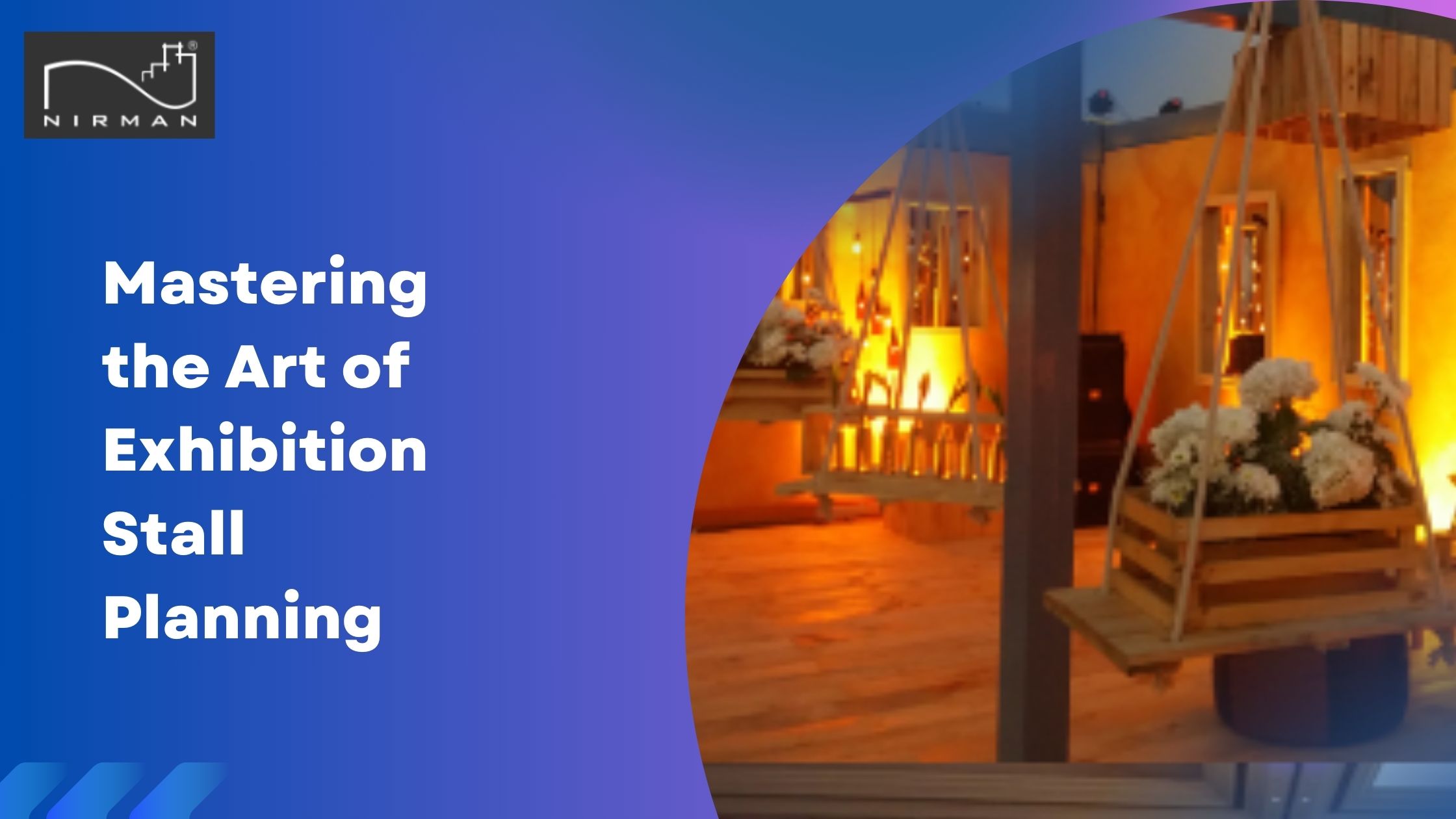
Introduction:
Exhibitions and trade shows are invaluable opportunities for businesses to showcase their products and services, network with industry professionals, and generate leads. However, the success of your participation often hinges on the design and planning of your exhibition stall. In this blog, we'll delve into the world of exhibition stall planning and provide you with valuable insights to ensure your next exhibition is a resounding success.
Understanding Your Objectives:
The first step in exhibition stall planning is to define your objectives. Are you looking to launch a new product, build brand awareness, generate leads, or simply network with industry peers? Clearly articulating your goals will help you tailor your stall design and strategy accordingly.
Budget Allocation:
Determining your budget is crucial as it will dictate many aspects of your exhibition stall, including its size, design, and the materials used. Make sure to allocate resources wisely to maximize your ROI.
Booth Design and Layout:
Your exhibition stall's design and layout play a pivotal role in attracting visitors and creating a lasting impression. Consider factors like booth size, traffic flow, branding, and the use of technology to create an engaging and visually appealing setup.
Graphics and Branding:
Incorporate your brand identity into the stall's design through compelling graphics, signage, and branding materials. Your booth should effectively communicate your company's values and offerings.
Interactive Elements:
Engagement is key at exhibitions. Consider incorporating interactive elements like touchscreens, product demonstrations, or contests to captivate visitors and keep them engaged with your booth.
Lighting and Visual Appeal:
Proper lighting can transform your stall from ordinary to extraordinary. Use lighting strategically to highlight key areas of your booth and create an inviting atmosphere.
Technology Integration:
Incorporating the latest technology can give your stall a competitive edge. Utilize virtual reality (VR), augmented reality (AR), or interactive presentations to showcase your products and services in innovative ways.
Staff Training:
Your booth staff are your brand ambassadors during the exhibition. Ensure they are well-trained to engage with visitors, answer questions, and capture leads effectively.
Marketing and Promotion:
Promote your participation in the exhibition through various marketing channels, including social media, email marketing, and press releases. Encourage attendees to visit your booth by offering incentives or exclusive promotions.
Measurement and Evaluation:
After the exhibition, it's crucial to measure your success against your objectives. Analyze metrics like lead generation, sales conversions, and visitor engagement to assess your booth's performance.
Conclusion:
Exhibition stall planning is a multifaceted process that requires careful consideration of your objectives, budget, design, and execution. With the right strategy in place, your exhibition stall can become a powerful tool for building brand recognition, generating leads, and achieving your business goals. By following the comprehensive guide outlined in this blog, you'll be well on your way to mastering the art of exhibition stall planning and ensuring the success of your next exhibition.
